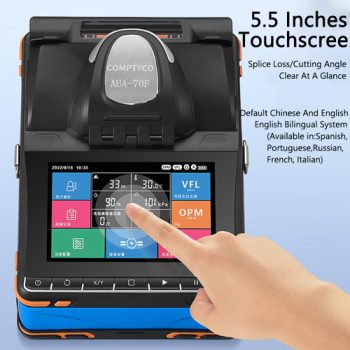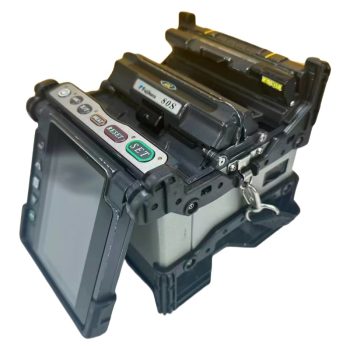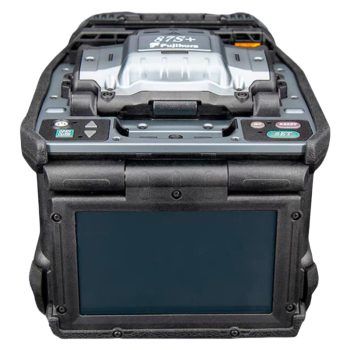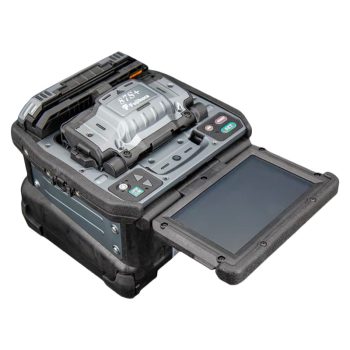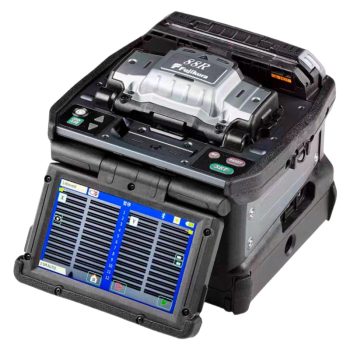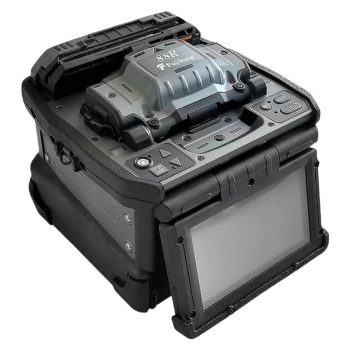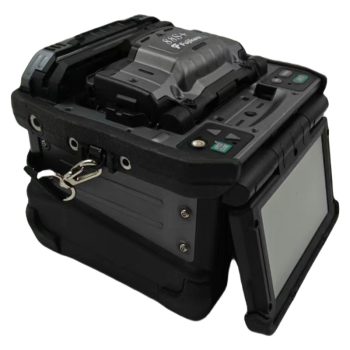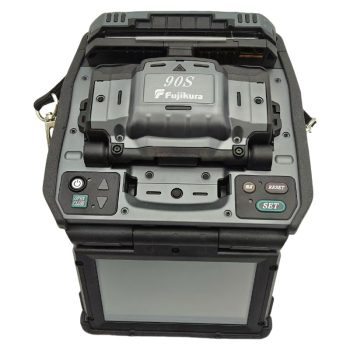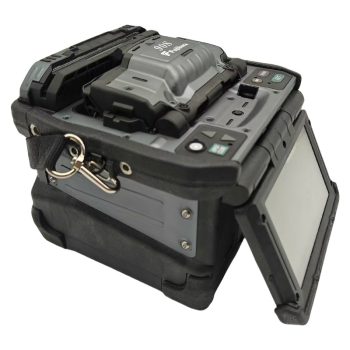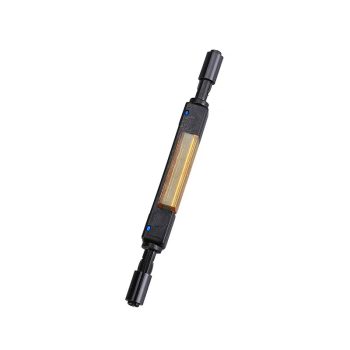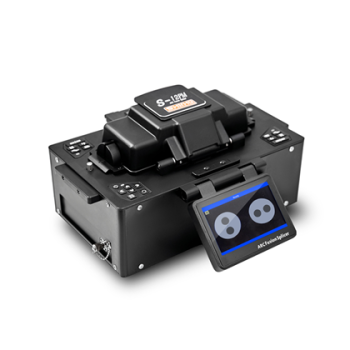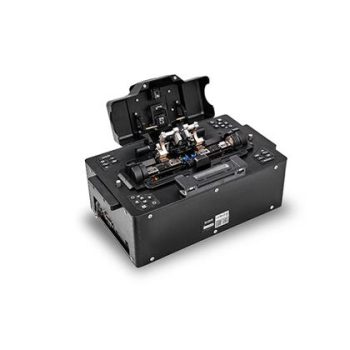Fusion Splicers
Fusion Splicers are specialized devices used to precisely join two optical fibers together. In fiber optic communication networks, optical fibers often need to be connected by splicing to extend lengths or repair damaged sections. Fusion splicers ensure that optical signals can be transmitted efficiently by fusing the ends of two optical fibers together to form a continuous, low-loss connection.
The main principle of operation of a fusion splicer is to use high temperatures to melt the ends of two optical fibers, align them precisely in their molten state, and then cool them quickly to form a solid connection. Fusion splicers typically include the following major components:
1. Fiber Positioning System: Used to ensure that the two fibers to be spliced can be accurately aligned for precise splicing.
2. fiber heating furnace: used to heat the fiber ends and melt them for splicing.
3. Discharge Electrode: Used to apply an arc discharge to help heat and melt the optical fiber as it melts.
4. Fiber Alignment Monitor: Used to monitor the alignment of the optical fiber during the heating and cooling process to ensure the accuracy of the splice.
5. control unit: used to control the parameters of the whole splicing process, such as temperature, time and pressure.
Fusion splicers are one of the essential tools in the construction and maintenance of fiber optic networks. They can quickly and accurately complete fiber optic splicing and ensure the quality and reliability of the connection. Fiber splicing with fusion splicers reduces the loss and reflection of the connection and improves the transmission efficiency and stability of optical signals, thus ensuring the performance and reliability of fiber optic communication networks.


